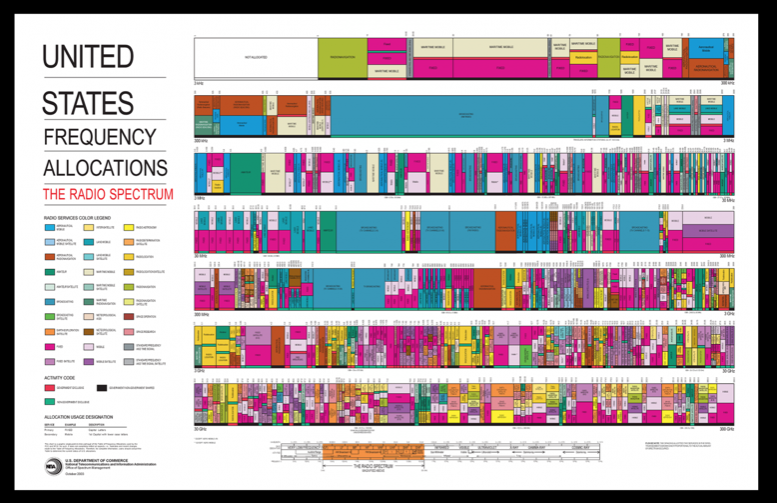U.S. is Behind on Spectrum Allocation for 5G, Reports Find

A pair of recently-released reports highlight how the United States is falling behind in the race to 5G and trailing other nations in mid-band spectrum allocation. As industry has repeatedly made clear, more mid-band spectrum is needed to meet demand and facilitate 5G deployment; U.S. networks current support more data traffic annually than they did from 2010 to 2017 combined.
The first report by Analysys Mason, which followed up on a June 2020 study, found that the U.S. is still trailing other benchmark countries in available licensed mid-band spectrum, underscoring the need for the U.S. to take action to expand its 5G licensed spectrum pipeline. The study examined both the licensed and unlicensed terrestrial wireless spectrum in 15 of the largest international markets, assessing the availability of low bands (below 3 GHz), mid bands (between 3 GHz and 7 GHz), and high bands (in the millimeter wave region). The countries studied included China, Japan, France, South Korea, and the United Kingdom, in addition to the United States.
The study found that, “The US currently leads the benchmark countries in terms of licensed low-band spectrum, with a total of 752 MHz available,” but noted that “within the next five years, three other countries are expected to overtake the US, which will trail these leading companies by 70 MHz on average.” The report goes on to warn that “within the next five years, other countries will continue to lead the ranking. The US will have 450 MHz of licensed mid-band spectrum available, trailing the leading three countries (excluding China) by 415 MHz on average.”
The second report, released September 28 by Accenture and commissioned by CTIA, notes the major imbalance in mid-band spectrum allocation and proposes using three key bands to help close the gap: the 3.1 to 3.45 GHz, 4.4 to 4.94 GHz, and 7.125 to 8.4 GHz ranges.
“The lower 3 GHz band offers reliable coverage and adequate range of coverage, making it ideal for 5G data traffic,” the report argues. “This band is adjacent to the recently auctioned 3.45 GHz band, which would help drive lower costs for device manufacturers when developing products for a wider contiguous band.” Accenture’s study further notes that the mid 4 GHz and 7 to 8.4 GHz ranges also offer large, continuous blocks of spectrum and strong propagation characteristics, which are critical for robust 5G use.
Both reports come as the Federal Communications Commission, which oversees spectrum allocation in the United States, narrowly averted losing its auction authority on Friday, September 30 before Congress passed a short-term extension as part of a government funding bill. As we have stated before, Congress must immediately extend FCC’s auction authority for a variety of reasons, not least of which is maintaining American global leadership in telecommunications and technology innovation. That we are lagging so far behind peer nations in licensing mid band spectrum should not only give new urgency to extending this authority, but also prompt us to rethink our cumbersome and unwieldy licensing processes.